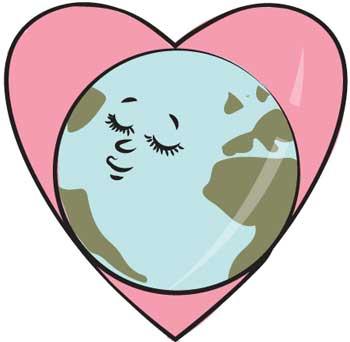Reply To:
Name - Reply Comment
In Sri Lanka and all over the world, we have divided ourselves in terms of race, religion, caste and social status. But we overlook the fact that we are essentially human beings though scientifically our blood groups may be different. So we need to gradually let go of these myths though we need to practise the great virtue that to err is human and to forgive is divine. Indian’s great philosopher Rabindranath Tagore once wrote a famous book on the so-called low caste if not untouchable toilet ‘coolie’ who cleans the bucket toilet that most people then had. The philosopher acclaimed them as lifesaving workers who needed to be widely and highly respected because if they did not do what they did, most people would die for obvious reasons. It was the same Rabindranath Tagore who damned India’s marriage as legalized prostitution because the women were put in the market and sold for Rs. 500,000 to medical doctors, Rs. 400, 000 to engineers and lawyers and similar amounts to chartered accountants and other professionals.
 These and related issues are factors for contemplation as we mark the United Nations World Humanitarian Day next month. In a statement, the UN focuses on a global challenge for climate action in solidarity with the people who need it most. The world body says the climate emergency is wreaking havoc across the world at a scale that people on the front lines and in the humanitarian community cannot manage. Time is already running out for the world’s most vulnerable people — those who have contributed least to the global climate emergency yet are hit the hardest — and millions of others that are already losing their homes, their livelihoods and their lives.
These and related issues are factors for contemplation as we mark the United Nations World Humanitarian Day next month. In a statement, the UN focuses on a global challenge for climate action in solidarity with the people who need it most. The world body says the climate emergency is wreaking havoc across the world at a scale that people on the front lines and in the humanitarian community cannot manage. Time is already running out for the world’s most vulnerable people — those who have contributed least to the global climate emergency yet are hit the hardest — and millions of others that are already losing their homes, their livelihoods and their lives.
With most climate campaigns focused on slowing climate change and securing the planet’s future, World Humanitarian Day 2021, highlighted the immediate consequences of the climate emergency for the world’s most vulnerable people and ensured that their voices were heard, and their needs top the agenda at the UN Climate Change Conference (COP26) last year. Therefore, everyone was invited to join #TheHumanRace, which is the global challenge for climate action in solidarity with people who need it the most; and to put the needs of climate-vulnerable people front and centre at the UN climate summit (COP26)
This day was designated in memory of the August 19, 2003 bomb attack on the Canal Hotel at Baghdad in Iraq. The attack killed 22 people, including UN’s chief humanitarian, Sergio Vieira de Mello. In 2009, the UN General Assembly formalized the day as World Humanitarian Day. Each year, World Humanitarian Day focuses on a theme, bringing together partners from across the humanitarian system to advocate for the survival, well-being and dignity of people affected by crises, and for the safety and security of aid workers. In 2021, the UN highlighted the immediate human cost of the climate crisis by pressuring world leaders to take meaningful climate action for the world’s most vulnerable people.
One of the UN’s purposes, as stated in its Charter, is “to achieve international co-operation in solving international problems of an economic, social, cultural, or humanitarian character.” The UN first did this in the aftermath of the Second World War on the devastated continent of Europe, which it helped to rebuild. The Organization is now relied upon by the international community to coordinate humanitarian relief operations due to natural and man-made disasters in areas beyond the relief capacity of national authorities alone.
Last year, 235 million people needed humanitarian assistance and protection. This number has risen to 1 in 33 people worldwide - a significant increase from 1 in 45 at the launch of the Global Humanitarian Overview 2020, which was already the highest figure in decades. The UN and partner organisations aim to assist 160 million people most in need across 56 countries and will require a total of US$35 billion to do so.
In 2020, 475 aid workers were attacked: 108 killed, 242 wounded and 125 kidnapped. Travel and movement restrictions for international staff due to Covid-19 may partly explain why the proportion of national aid worker victims in 2020 was even higher than usual--95%. Most of the violence took place in South Sudan, Syria, and Democratic Republic of Congo. Other high incident contexts included Central African Republic and Mali, where incidents more than doubled since 2018.
Attacks against aid workers in Tigray of Ethiopia rose during 2020 and worsened last year.